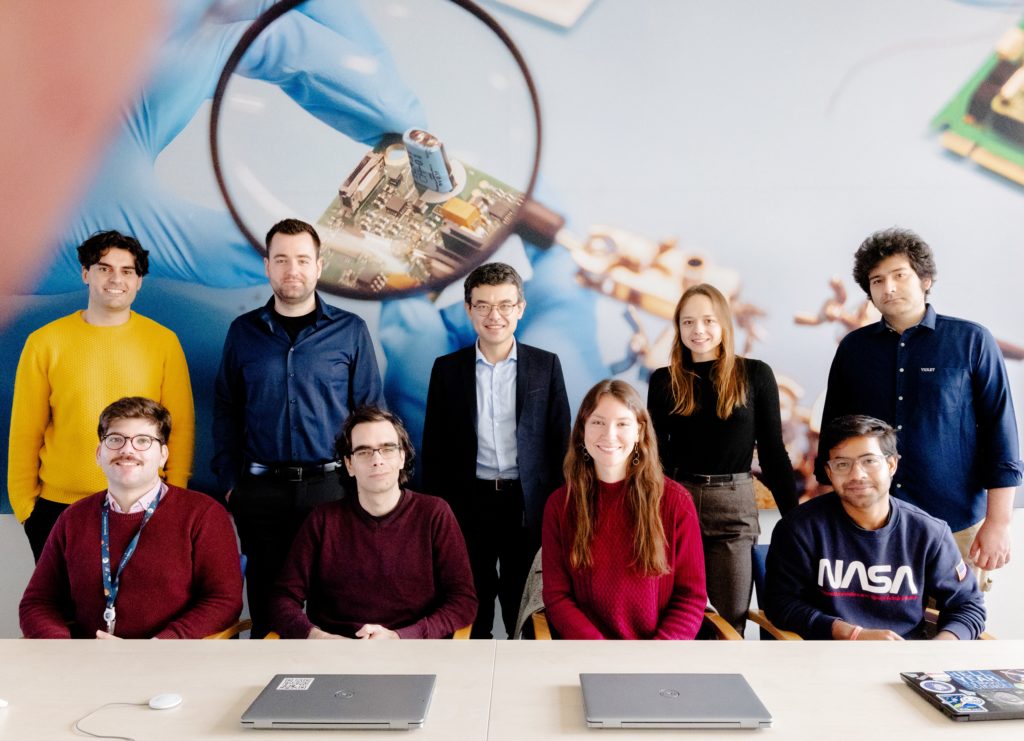Space Systems

Prof. Andreas Hein and Dr. Maxime Cordy of the SpaSys research group have launched a partnership with the Luxembourg-based space-tech startup Mission Space to jointly develop Machine Learning (ML) models in the field of space weather. ML models will be trained on the Luxembourg supercomputer MELUXINA, one of the most powerful computing machines in Europe.
Space weather includes changes in the conditions of the sun, solar wind, magnetosphere, ionosphere, thermosphere and exosphere. It is ranked amongst the most dangerous natural hazards that affect space and ground-based technological systems as well as the health and life of humans. The potential global economic impact of space weather events such as a severe geomagnetic storm are great and could incur losses totalling €38,4 BN per day.
To address the lack of comprehensive solutions in the field of space weather, researchers at SnT will work with Mission Space to develop unique technology that combines 24/7 space weather monitoring, analytics and sector-specific predictions. The technology aims to increase the forecast accuracy of geomagnetic events and enable timely dissemination of critical information to affected organisations.
According to Prof. Hein, the team will improve existing methods for space weather forecasting by uniting SnT’s research strength in the areas of space systems engineering and in ML. As he explains, “combining our methods and in-house expertise in an entirely new way promises to help Mission Space undertake more accurate space weather forecasting, with a long-term view of building a space weather research excellence centre in Luxembourg. It’s an exciting project.” This move also simplifies access to relevant weather data for academia researchers, which could help expand space weather research. For Mission Space founders Alex Pospekhov and Alexey Shirobokov, developing space weather monitoring technology will ultimately position Luxembourg as a global hub for space weather research and development.
The resulting development could have an immediate impact in various arenas across the space industry, with particular relevance for the timing and duration of future space missions. The technology may also improve the responsiveness of electric power grids, pipeline infrastructure, railway systems, global navigation systems, aviation, and emergency management systems, amongst others, during weather events. The enhanced ability to predict the effects of space weather also holds considerable advantages for the financial sector, including for insurance providers and financial risk managers.
The duration of the project is three years and coincides with the gradual deployment of the Mission Space monitoring constellation, which will be launched in 2024.
This article was originally published on 22 December 2023.
